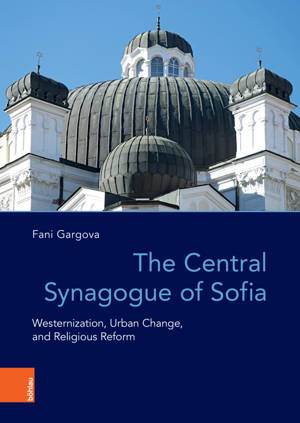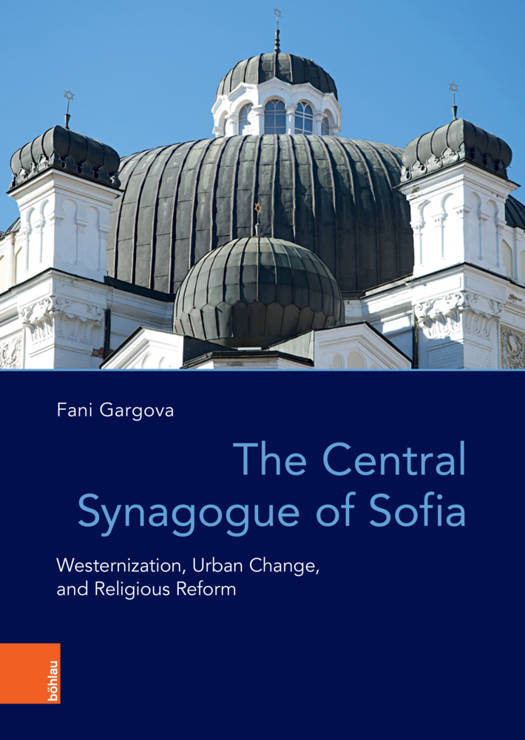
- Afhalen na 1 uur in een winkel met voorraad
- Gratis thuislevering in België vanaf € 30
- Ruim aanbod met 7 miljoen producten
- Afhalen na 1 uur in een winkel met voorraad
- Gratis thuislevering in België vanaf € 30
- Ruim aanbod met 7 miljoen producten
Zoeken
€ 73,95
+ 147 punten
Omschrijving
The Central Synagogue of Sofia was built between 1905 and 1909 as a highly visible and monumental structure in the social, commercial, and religious center of the Bulgarian capital. Having survived the Second World War, it remains a testament to early 20th century Sofia and its majority Sephardic Jewish community. In its architecture, it reflects the city's search for its own modern, European, and national identity, whilst attesting to the struggle of the Sofia Jewish community headed by its chief rabbi Marcus Ehrenpreis to claim its place within the nation building project. In this first in-depth study of the building, Fani Gargova illuminates the history of the Central Synagogue of Sofia and the motivations behind its construction by positioning its appearance and architecture vis-a-vis Central European Reform synagogues and the emerging Bulgarian national style. By looking at the building through the lens of urban planning, building material and technique, liturgy, as well as musical performance, this book significantly expands the common notion of synagogue architecture.
Specificaties
Betrokkenen
- Auteur(s):
- Uitgeverij:
Inhoud
- Aantal bladzijden:
- 440
- Taal:
- Engels
- Reeks:
- Reeksnummer:
- nr. 18
Eigenschappen
- Productcode (EAN):
- 9783412525613
- Verschijningsdatum:
- 18/11/2024
- Uitvoering:
- Hardcover
- Formaat:
- Genaaid
- Afmetingen:
- 170 mm x 239 mm
- Gewicht:
- 424986 g

Alleen bij Standaard Boekhandel
+ 147 punten op je klantenkaart van Standaard Boekhandel
Beoordelingen
We publiceren alleen reviews die voldoen aan de voorwaarden voor reviews. Bekijk onze voorwaarden voor reviews.











